Watch this rare and candid In Conversation with John Wardle as he shares the stories behind his passion for everyday objects and their relationship with people and place, all while sitting within the earth-hewn surrounds of his Burnt Earth Beach House.
John Wardle of Wardle architecture studio needs no introduction. Over 30 plus years of practice he has established himself as an award-winning architect whose business, Wardle – a standalone success story in its own right – has expanded and evolved to produce work across varied sectors.
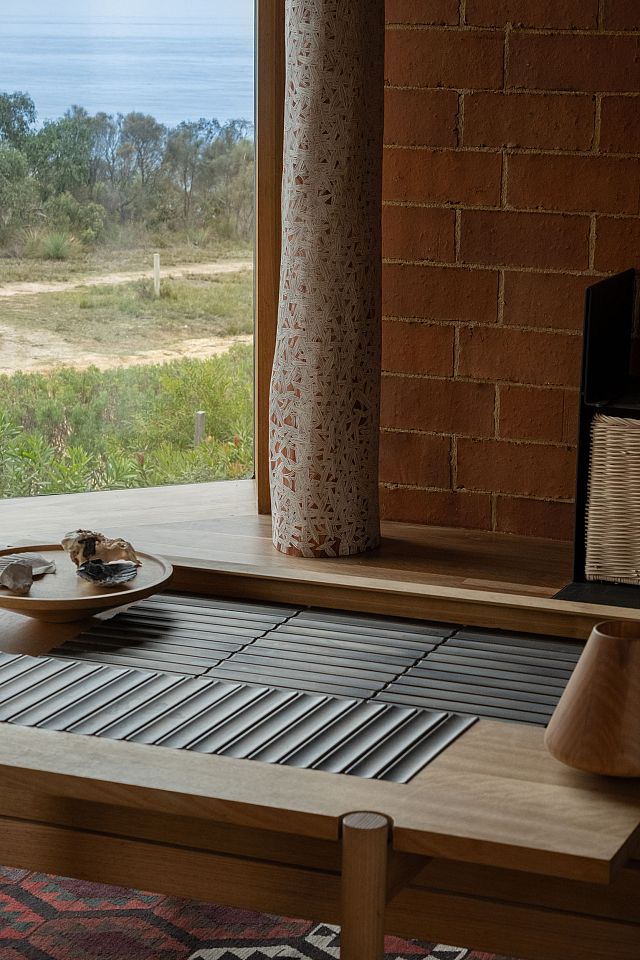

Distinct within John’s work is his long-standing curiosity with objects, and their relationship to people and place. Within that marriage of object, people and place dwell rich traditions of craftsmanship and making. So that often an object, interior element or architectural feature might represent a constellation of stories: adventure, discovery, moments shared, learnings exchanged, friendships made.

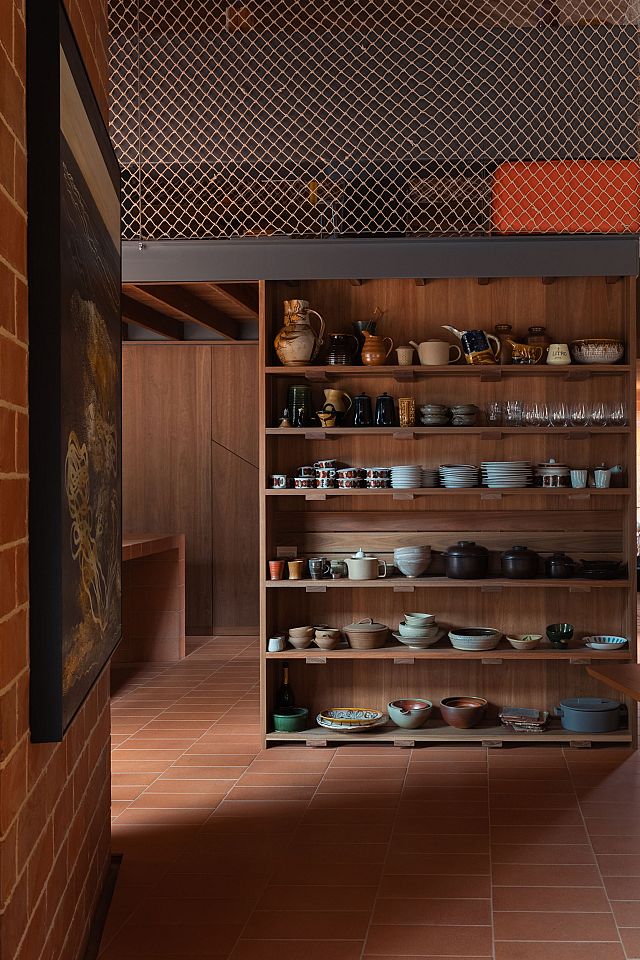
We asked John if he’d be willing to share some of these stories with us, and he generously agreed. Where better, to conduct this discussion, than in his Burnt Earth Beach House? It’s a project that, at every step, touch and turn, reveals relationships of materiality, craftsmanship, and John’s seeking spirit for places, people and objects uncovered.
Of his design process, John says it is indeed driven by his curiosity for objects. “I think it starts with a deep appreciation … an aesthetic assessment of a beautiful object, going very quickly into an enquiry about how it was made, where it came from, who may have made it, what the cultural imperatives were,” he says.

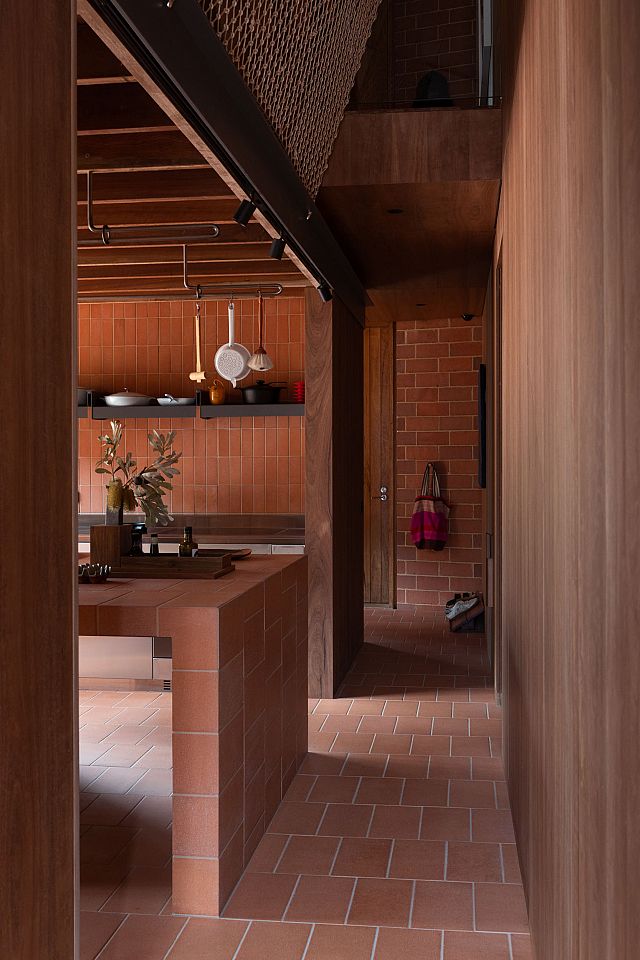
“That’s guided [my] travels in so many ways: seeking out things or designing a trip on a fragment of knowledge – how certain makers might work in a part of Japan… or Italy, or anywhere. I often travel to the junk markets of the world, and love to be in a foreign place on a Sunday – from Slovenia to Copenhagen to Tokyo to Paris. Most things [I collect or find] aren’t expensive or valuable items, I’ve found [them] in a modest set of circumstances, but [they] speaks strongly to those specific places.”
Notable in the Burnt Earth Beach House is John’s enduring interest in terracotta as a material, and his fascination with ceramics in general. He has a “working knowledge” in the making of ceramics and firing of bricks which is elemental to the structure and design of the beach house, and indeed terracotta is a primary part of the beach house interior – from flooring to joinery and surfaces.
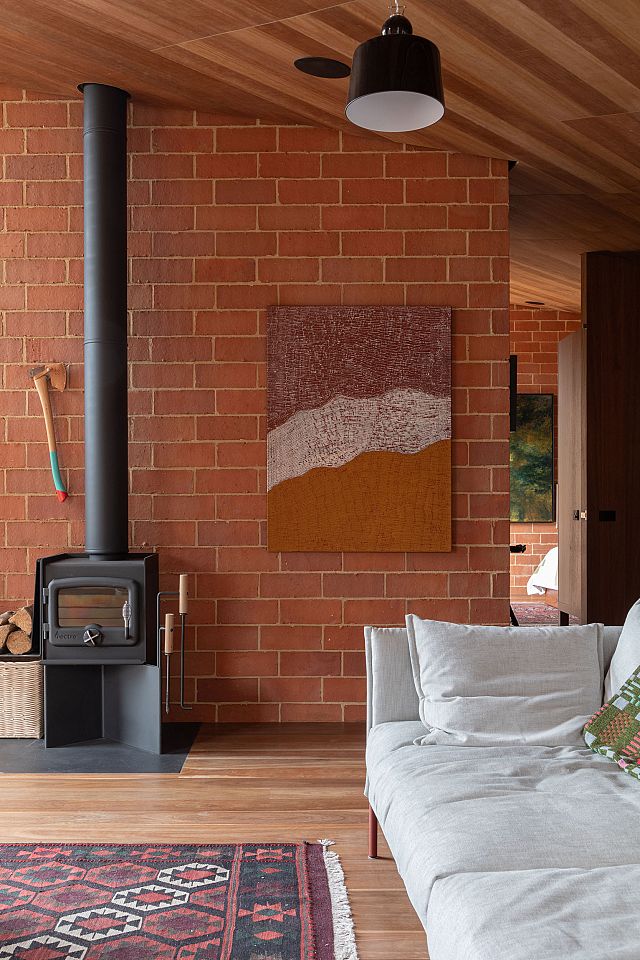
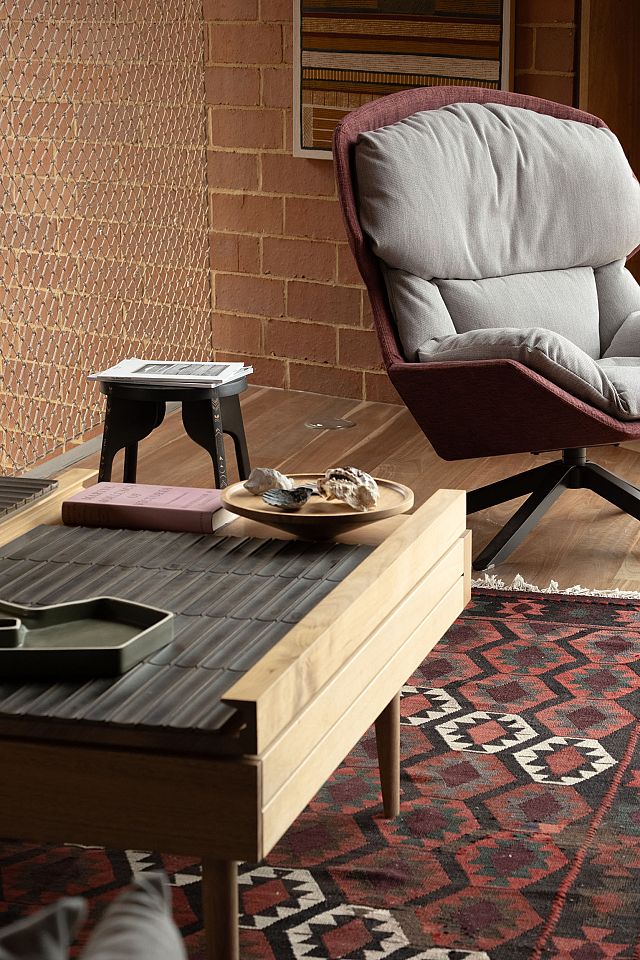
“There are very few materials that are universal in both the way they come and are manufactured, but also the way human beings respond to the warmth inherent in that materiality,” says John of terracotta. “It is universal, it comes from every part of the planet, it is that rudimentary building material … and it’s a material I think has a great social equity.”
John’s deep friendship with Federico Manetti of the Cotto Manetti terracotta empire in Tuscany, Italy, has led him on adventures of discovery within that region. Through his engagement with Manetti’s artisans, learnings are taken and relationships built. And these are absorbed into the Wardle practice and its future projects.
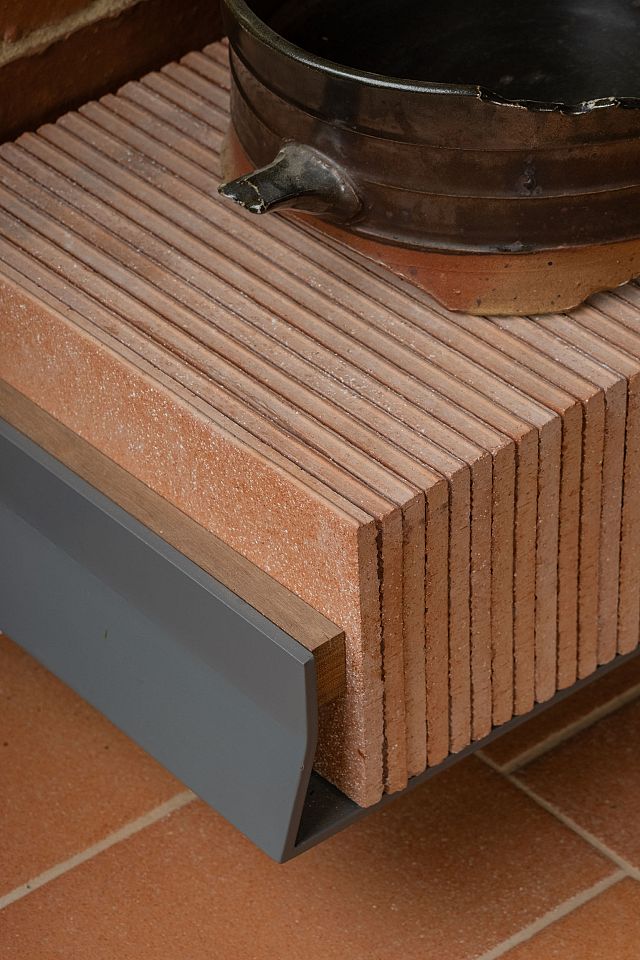
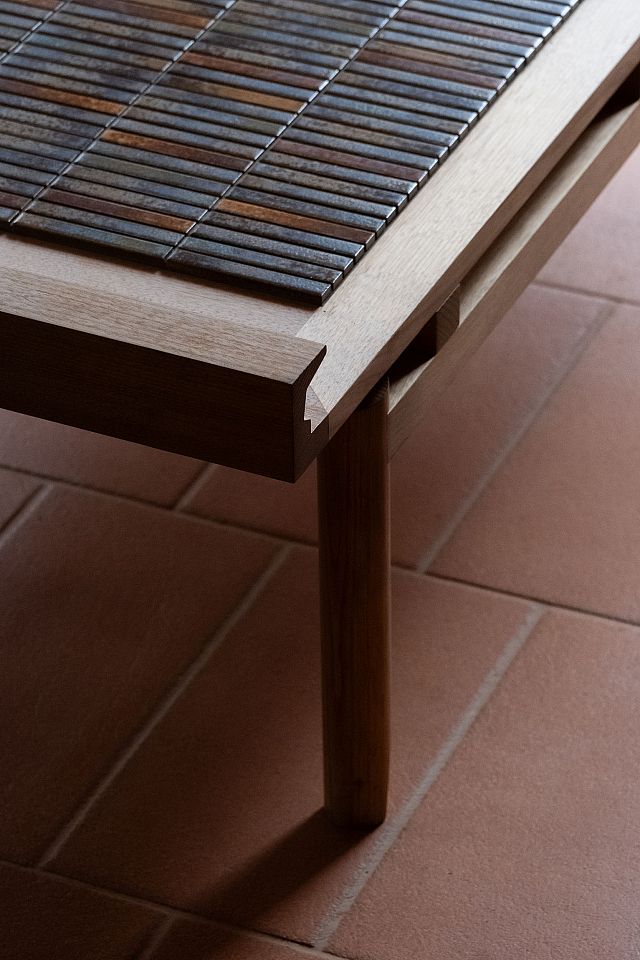
“I think you could be a perfectly good architect or designer and not have any interest in [making or craftsmanship]. It’s just our way of operating, the things I’ve brought to our practice have demanded that type of knowledge… I think it defines our work. It’s not the only way of doing things, but it’s the way that we’ve crafted over the years. It has probably been the thing that has allowed that product knowledge, but also the appreciation of technologies, that have transcended beyond single projects. I think you’ll find there’s a linkage across projects that comes out of the relationships that have been formed along the way. And that’s really advantageous to us.”

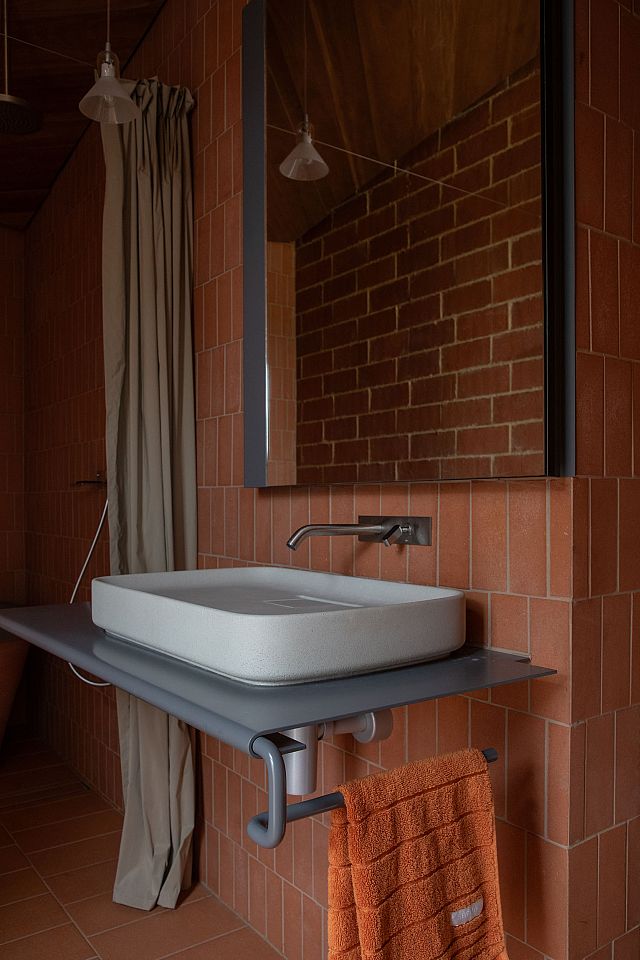
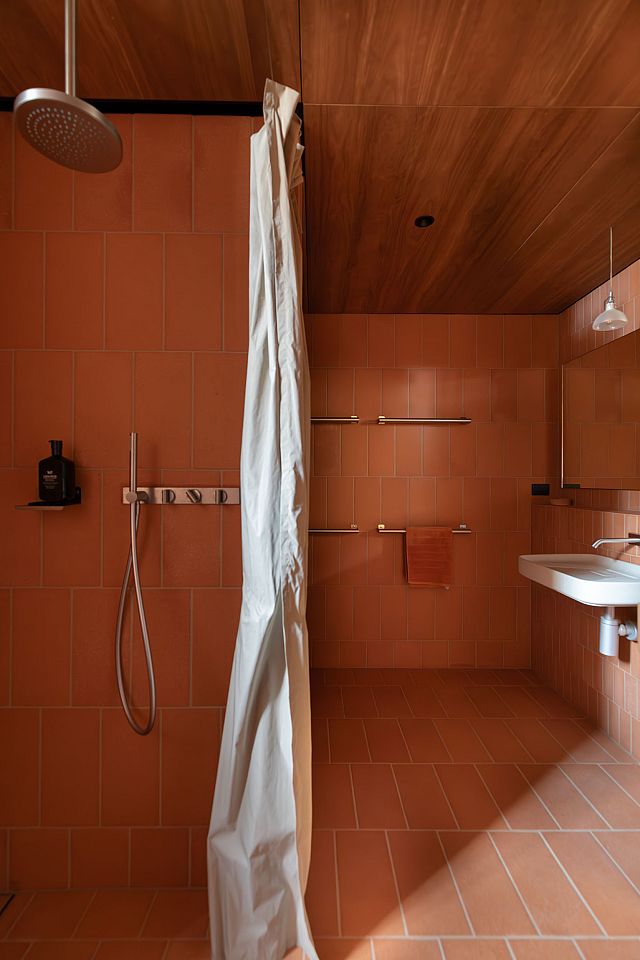
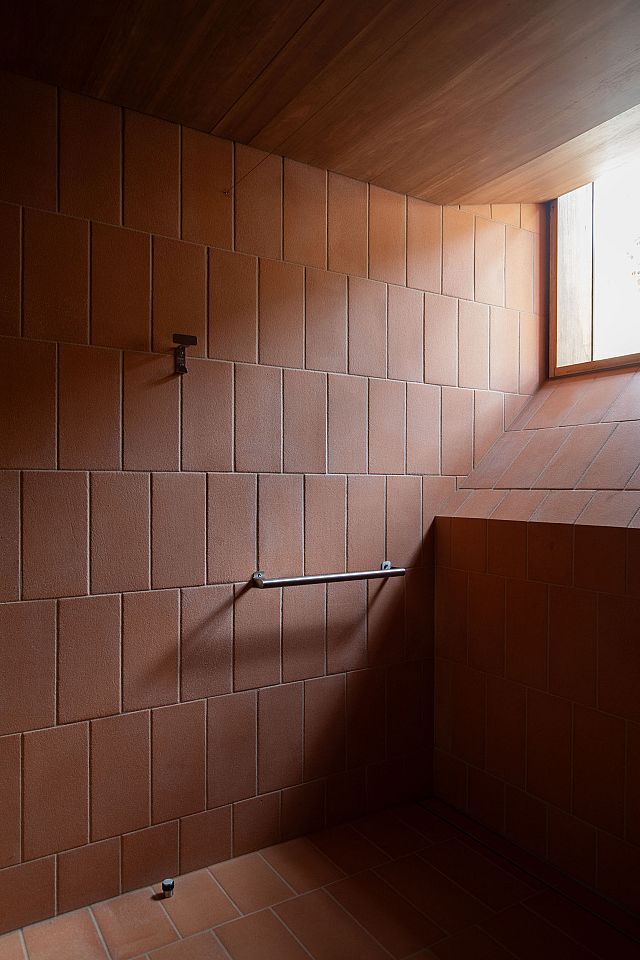
Watch this video featuring Artedomus’ editorial director, Alice Blackwood, in conversation with John Wardle as they discuss his Legacy In Architectural Craftsmanship while visiting his Burnt Earth Beach House.



Words by Alice Blackwood
Photography by Joanne Ly
Videography by The Local Production